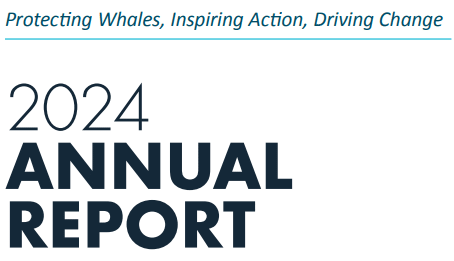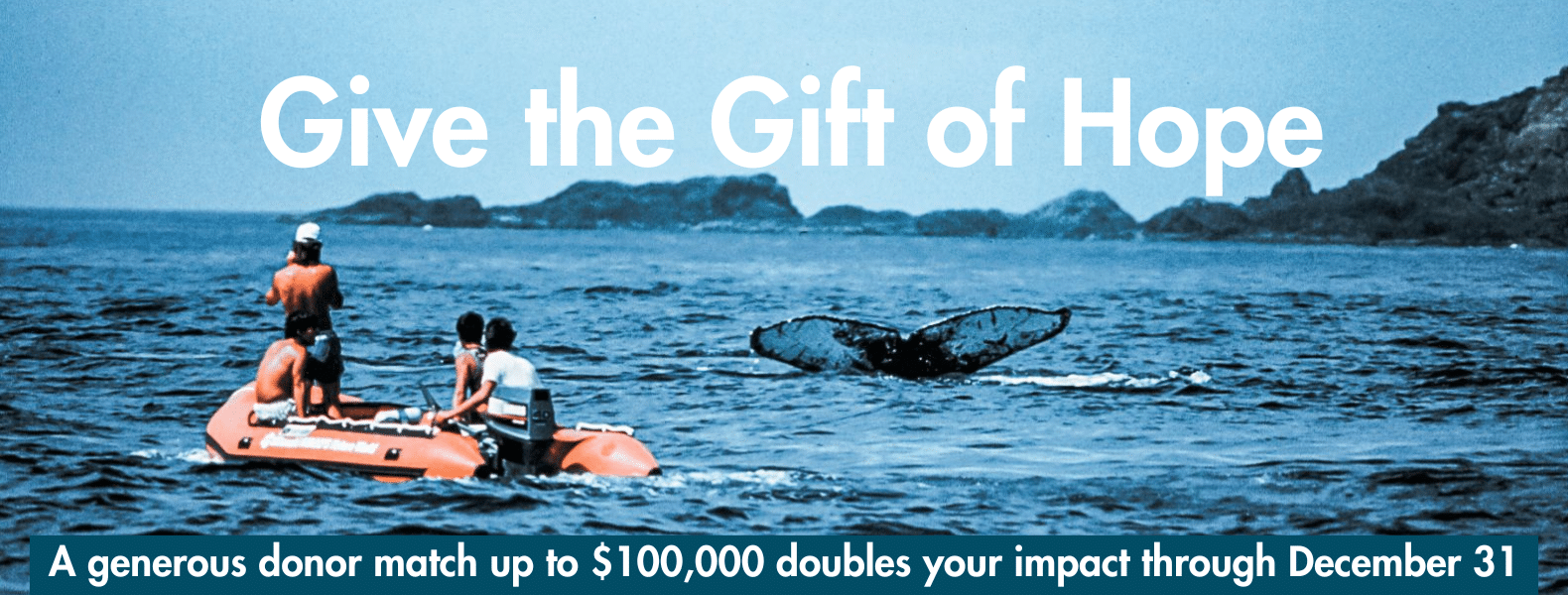
Many of our supporters have contacted us following news of the devastating Maui wildfires, offering their aloha and kōkua (help), and wondering how this disaster might impact the whales and dolphins we strive to protect. Indeed, wildfires have far-ranging impacts to terrestrial and coastal ecosystems that affect ocean inhabitants, including whales and dolphins. At Pacific Whale Foundation (PWF) we are monitoring and assessing these impacts to whales and dolphins to help best determine how to protect these species and the healthy ocean they depend on for their survival.
Near-term effects of wildfires
Some of the more immediate and near-term impacts from wildfires to coastal ‘āina (land, air, ocean) ecosystems include:
Land
Beaches become coated with ash and debris, causing the death of many invertebrates, an important food source for birds and other coast-dwelling animals. Burned coastal vegetation not only decreases wildlife habitat, it also reduces shade, potentially leading to warmer water temperatures along the shoreline.
Air
Birds and other coast-dwelling wildlife breathe in the harmful smoke and other chemicals released into the atmosphere from fires. Whales and dolphins can also be directly affected by the inhalation of wildfire smoke. Aerial particles and toxic chemicals irritate their respiratory systems, debilitating their lung function, disrupting natural behaviors, and increasing their susceptibility to respiratory disease.
Ocean
A large influx of ash and debris, including metals and chemicals, enters waterways, especially following precipitation. This massive sediment load smothers the coastal ecosystem, covering coral reefs, resulting in significant habitat loss and, eventually, fish and invertebrate mortality. The resulting water cloudiness reduces light penetration necessary for plants to conduct photosynthesis. The influx of run-off, which includes nutrients, and sedimentation can induce harmful algal blooms that deplete oxygen levels and cause fish and other animal die-offs. Subsequently, ash and debris loads are spread wide by tides, currents, and winds, magnifying their effects throughout nearshore environments.
Longer-term effects of wildfires on whales and dolphins
Immediate impacts from a disaster of this proportion will ultimately progress through the ecosystem and cause longer-term harmful effects to whales and dolphins and their environment. Some potential longer-term impacts include:
- Habitat degradation and associated changes in space use,
- Prey reduction and food stress, potentially leading to increased interactions with fisheries gear,
- Increased toxicant and other pollutant loads,
- Suppressed immune systems and increased susceptibility to disease,
- Reduced calf survival,
- Altered behaviors, etc.
Additionally, the health of whales, dolphins, and Hawaiian monk seals may be threatened from the bioaccumulation (stored in their tissues) of toxic PFA (poly-fluoroalkyl) substances found in fire retardants that contaminate the ocean. Little is known about the precise adverse effects of these “forever chemicals” in wild marine mammals, but high exposure in laboratory animals has caused developmental, reproductive, liver, kidney, and immune issues.
Detecting such wildfire effects on whale and dolphin populations can sometimes take years to observe and confirm. Valuable time may be lost waiting for such confirmation, during which conservation interventions might have been implemented. Fortunately, PWF’s ground-breaking research methods offer rapid assessments, long before enough data would be collected to assess changes at the population level. For example, determining that food limitation is a conservation concern may take years – but PWF researchers use drone imagery to quickly assess the body condition of animals and detect signs of malnourishment. PWF scientists were able to document daily changes in weight loss of pygmy killer whales during a 21-day stranding event in 2019 (access the publication).
PWF researchers utilize drones and boat-based photo-identification to gain real-time comprehension of changes in behavior (such as feeding, interactions with fisheries gear, social interactions, and space use) and health (such as signs of stress, malnutrition, skin lesions, and disease) that may be early warning signs. Further, blubber, skin, and fecal samples collectively provide information on toxicant levels, diet, and blubber status (an index to body condition).
In addition to these rapid assessments, PWF continues to monitor these species at their population levels via aerial (drone) and boat-based abundance surveys. Our long-term research started in the 1980s, thereby uniquely positioning PWF to monitor impacts to Maui’s whale and dolphin populations. Our historic pre-wildfire whale and dolphin databases are primed for comparisons with post-wildfire data that we have already begun collecting. Further, our long-running beach debris surveys will be critical for highlighting changes in the amount and type of debris, especially the change in fire-related debris. We have completed the initial post-wildfire phase of intense vessel and shore-based marine debris and cetacean surveys. We plan to conduct additional targeted surveys following a significant rain or storm event to assess potential impacts of runoff. Additionally, we are continuing our long-term monitoring of the health and status of whale and dolphin populations throughout the Maui Nui region.
Please consider joining us to help protect Maui’s whales and dolphins through a donation to our Maui Conservation Fund. This Fund specifically supports our ongoing, innovative research that is focused on determining and mitigating the threats facing Maui’s marine mammals and the ocean they inhabit – threats that now include the potential near and long-term impacts of the catastrophic Maui wildfires.
Support PWF Wildfire Impacts Research and Donate Here.

